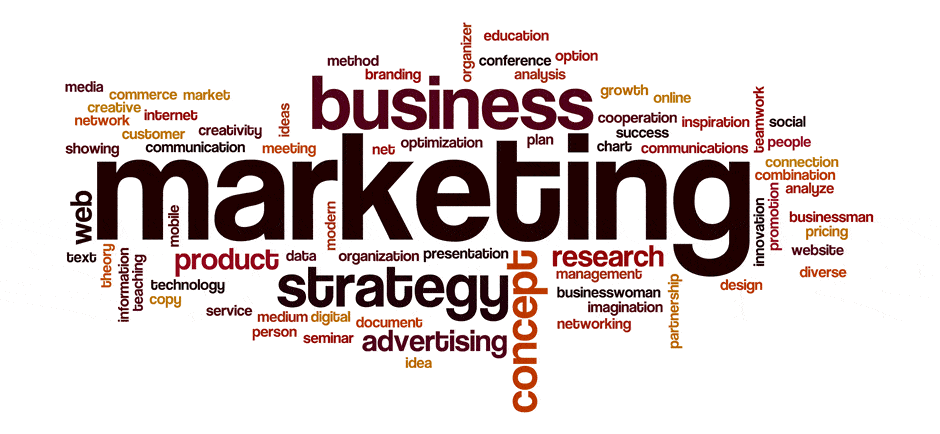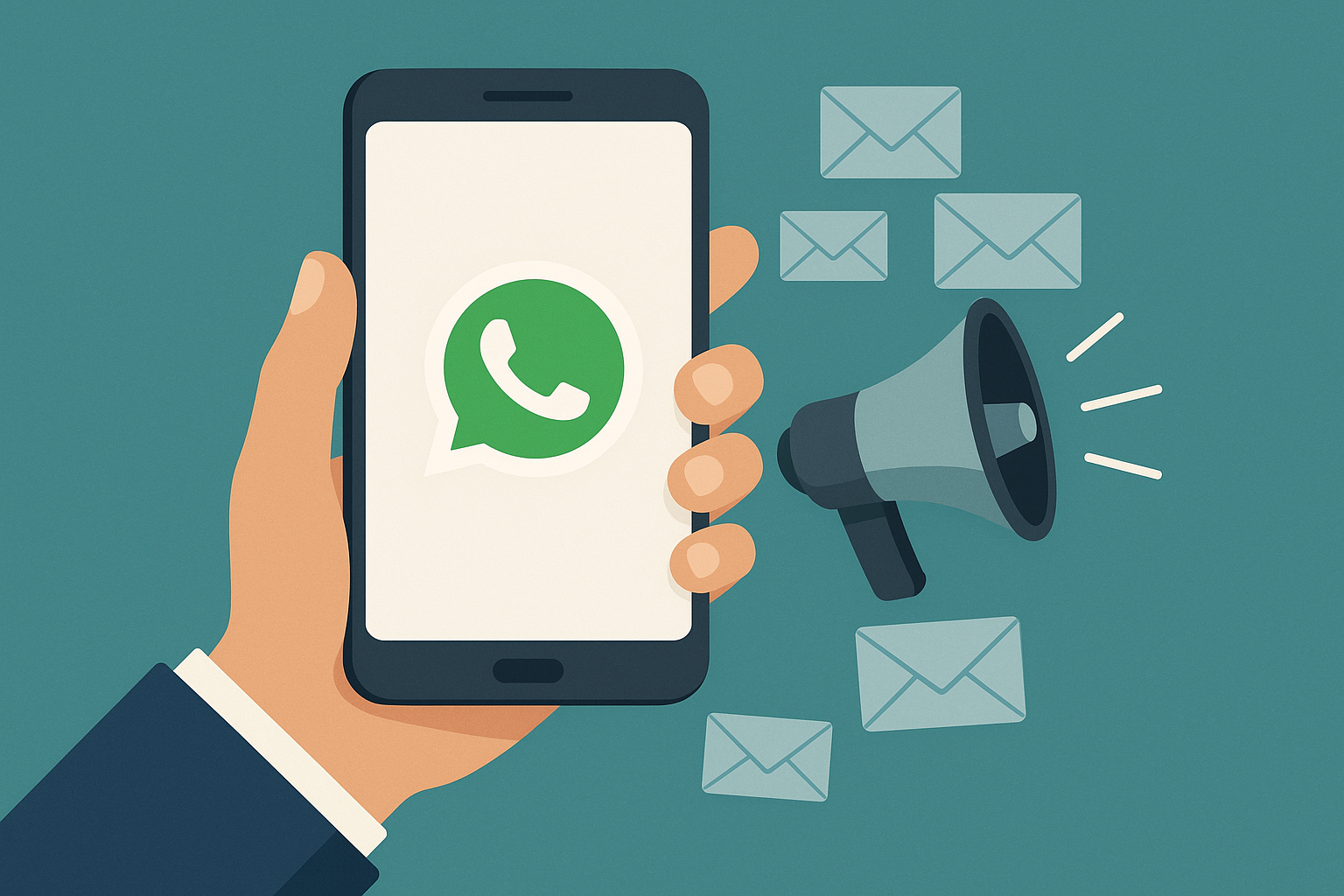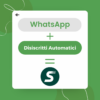In pochi anni, il mercato della messaggistica è cambiato radicalmente. Siamo passati da un canale SMS dominante a un numero molto elevato di app di messaggistica che offrono conversazioni complesse gestite da chatbot, che possono interagire naturalmente con le persone. Oggi comprendere il marketing interattivo conversazionale è una priorità.
Di conseguenza, i metodi di comunicazione sia per gli individui che per le aziende sono cambiati in modo significativo. Offrendo una maggiore funzionalità is simple interfaces , messaging applications have managed to capture a large part of the mobile messaging market between individuals.
With a 394% increase in time spent on messaging apps tra il 2016 e il 2017, le app hanno riportato i riflettori sul mercato della messaggistica. Ecco i tre servizi che si distinguono:
- RCS o Rich Communication Services. Presentato come evoluzione del canale SMS e guidato congiuntamente da Google e dagli operatori di telecomunicazioni, RCS ha ottime possibilità di essere il servizio di messaggistica del futuro
- Facebook Messenger, che ha aperto la sua API nel 2016 ed è ora un canale pionieristico, stabile ed efficiente
- WhatsApp, la cui API si sta gradualmente aprendo ai marchi, consentirà di lanciare le prime interconnessioni nel 2019
Tuttavia, non è un mercato “stabile” e molti attori coesistono in questo settore:
- Business Chat, Apple's answer to these messaging apps, but currently complex to implement
- WeChat, a very big player but mainly for the Chinese market
Con questa rapida crescita, è emerso un nuovo modo di gestire le relazioni con i clienti: chatbot and conversation interfaces . Ma se l’emergere di questi agenti conversazionali è stato così rapido, è anche grazie a una situazione economica più che favorevole .
New mobile uses
Nel corso degli anni, lo smartphone si è affermato come lo schermo di visualizzazione principale (davanti al computer e al tablet). Questo profondo cambiamento è iniziato nel 2007 quando gli smartphone hanno visto aumentare la loro autonomia e cambiare i loro schermi. Più grandi e più tattili, i loro usi si stanno evolvendo. Il numero di sessioni al giorno sta esplodendo, about 150 , ma i livelli di attenzione stanno diminuendo. Con una media di 70 secondi per sessione, ora è essenziale capture the attention of users from the first moment.
And in this context, one format stands out from all the others: the chatbot.
Having existed almost since the beginning of the IT era, they have distinguished themselves and become a key channel for marketing with messaging applications. Fast and available 24 hours a day , allow you to create engaging and personalized conversations . Una conversazione media dura circa 120 seconds, during which an average of 20 messages are exchanged . Nessun altro formato può vantare un tale grado di coinvolgimento.
Gli utenti affermano inoltre di essere socialmente pronti a conversare con un chatbot se migliora la qualità del servizio. Le cifre mostrano questo con a completion rate of 86% for initiated conversations . E le tecnologie si stanno sviluppando … Ora è possibile collegare questi strumenti di conversazione al sistema of corporate information (IS) to automate recurring and easily processed requests.
Understanding of human language is improving
Una macchina può parlare con un’altra macchina, è una questione da record. Ma con un essere umano, è immediatamente molto più complicato. There are an infinite number of standards that make the humanization of conversational agents very complex : tonalità, linguaggio usato, errori di ortografia, familiarità / modalità di indirizzo, contesto dell’ultima discussione, digressioni e così via.
However, in recent years, artificial intelligence has made significant progress . NLU, NLP, ASR, indipendentemente dal loro nome, queste tecnologie mirano a ridurre questo divario. Ma oggi, queste tecnologie, con il loro immenso potenziale, sono ancora agli inizi. Rappresentano a real differentiator in the face of the competition nonché exorbitant investments to deliver a satisfying experience .
The right time, the right technologies, everything seems to be in place to revolutionize customer relationships.
Ma devi ancora guardare la soluzione dall’estremità giusta!
Don't try to move too fast too soon
Quando avvii un chatbot, inizi un progetto che può durare anni . Innanzitutto, poiché l’ambito di applicazione non è chiaro ed è difficile assegnarlo definitivamente a un singolo dipartimento aziendale. Il chatbot è the third distribution channel after points of sale and websites and, like their predecessors, they affect all of the company's services, from CRM to e-commerce and, of course, essential business information (IS) services.
Quindi perché the use cases are numerous e questo sembra logico dato l’ambito che hanno. I chatbot possono help after-sales service and help highlight a high point , quindi è difficile per i dirigenti aziendali sapere da dove cominciare.
Ovviamente, tutto ciò ha a cost, sometimes phenomenal , and with an uncertain expectation of return on investment . Perché se la teoria suggerisce che i chatbot saranno il nuovo Eldorado, la realtà sul campo a volte può essere molto diversa. Come ogni nuovo strumento, l’interazione conversazionale deve ancora dimostrare il suo valore. Per questo motivo, è essenziale selezionare il caso d’uso corretto .
Si tratterà anche di trovare un caso d’uso che possa essere distribuito rapidamente, il primo passo ideale è quello di evitare di ricorrere all’input dall’IT, controllando così il tempo impiegato nel progetto e quindi il budget il più possibile. Si tratterà quindi di scegliere gli indicatori chiave di prestazione pertinenti per promuovere internamente questo canale e giustificare investimenti futuri.
Il chatbot autonomo è, quindi, la soluzione perfetta , it is based only on decision trees, a lot less complex and expensive than semantic recognition technologies (NLP / NLU) e può operare senza alcuna connessione ai sistemi IS. Il suo obiettivo è quello di promuovere un punto culminante del marchio durante un determinato periodo, ad esempio durante le vendite. Budget and project times are reduced is better controlled e diventa più semplice demonstrate the effectiveness of the channel .
Ma affinché un chatbot autonomo abbia successo, è ancora essenziale garantire un’adeguata copertura mediatica.
Ensuring strong media coverage generates traffic
Se hai seguito i consigli precedenti, ora potresti chiederti come riportare il traffico sul tuo chatbot. Qui affronteremo principalmente il caso di Messenger ; At the moment RCS is Whatsapp offrono funzionalità limitate in termini di copertura mediatica.
Con Messenger, le possibilità sono numerose: prima di tutto, è possibile inoltrare il tuo chatbot alla tua base di clienti. SMS ottiene i migliori risultati con una media del 10% di conversione, dove l’e-mail dedicata è dell’1,5%.
You can also add two plugins on your website ; il primo consentirà all’utente di interagire con il tuo chatbot attraverso un pop-up placed on your site . Il secondo è progettato per send a message to the user after an action on the site (an order for example).
In the end, the Facebook ecosystem remains an excellent tool for generating traffic in addition to organic posts on your Facebook page and ai native ads , inseriti nel feed delle notizie; puoi anche utilizzare Instagram , the his stories and sponsored posts to ensure the success of your chatbot.
The success of your chatbot therefore does not depend only on the use case set, the sua copertura mediatica è altrettanto essenziale . Senza questo, il miglior chatbot al mondo avrà poche possibilità di dimostrarne il valore.
A questo punto, hai tutto il necessario per avviare il tuo primo chatbot e sarà interessante condurre diverse iterazioni per saperne di più sul comportamento dei tuoi utenti su questi nuovi servizi di messaggistica. I passi futuri comporteranno the progressive integration of company information systems into your chatbot (CRM, flusso di prodotti, pagamento, gestione delle prenotazioni, ecc.) Per offrire una qualità sempre più elevata al servizio erogato. NLP / NLU technologies , which are complex and expensive today, remain technologies of the future and without forgetting the human being who, when the context requires it, adds inestimable value in customer relations .





